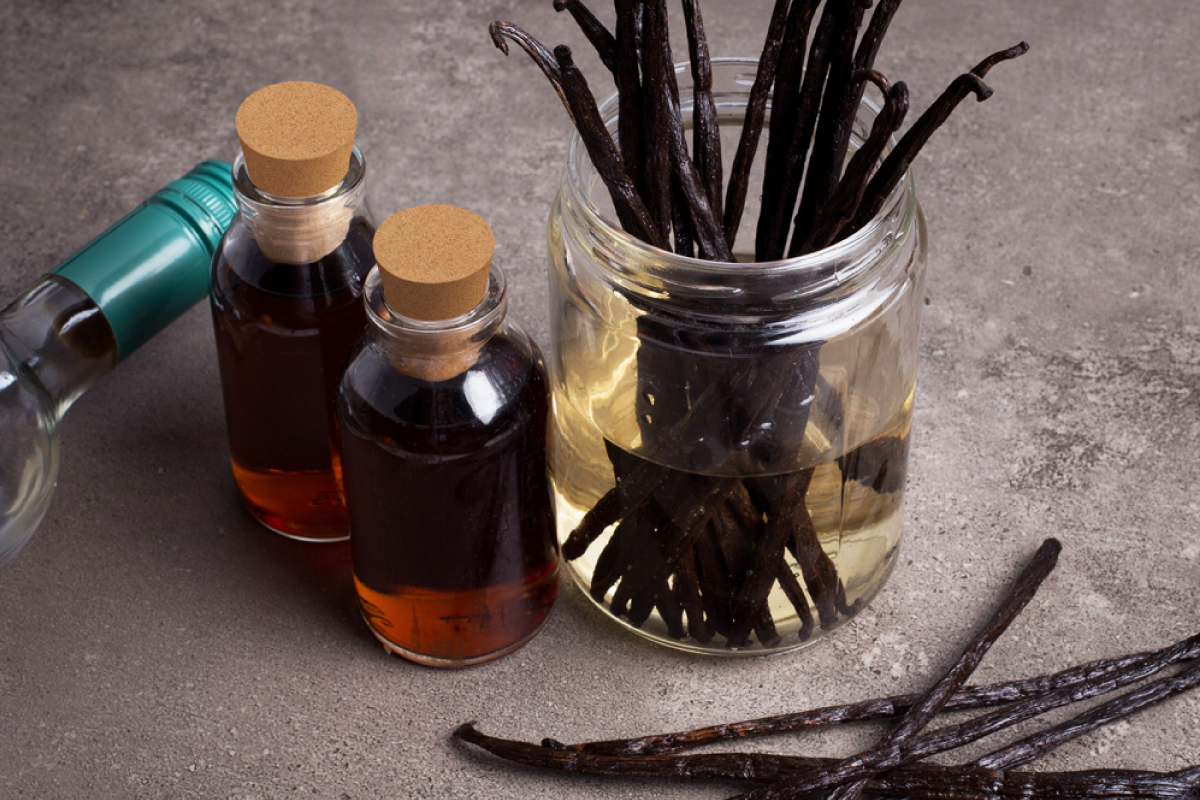

However, the publicity afforded castoreum in recent years via alarmist food activists and “Where does vanilla flavouring come from? and “Did you know?” social media posts is vastly overblown:Īnother reason we may want to forgo artificial ‘foods’ … Have you ever wondered where artificial raspberry, vanilla or strawberry flavor comes from? These are the dried perineal glands of the beaver.

(The location of the beaver’s castor sacs means that castoreum also often includes a mixture of anal gland secretions and urine as well.) Due to the beaver’s typical diet of leaves and bark, castoreum doesn’t “stink” as other similar animal secretions do, but rather has a musky, vanilla scent described at the perfume site Fragrantica as a “sharp spreading tar-like note that reminds one of the odor of birch tar or Russian leather” that when diluted in alcohol picks up “more pleasant, musky and fruity nuances.”īecause of its scent properties castoreum has long been employed in the perfume-making industry, and processed forms of castoreum have also been used as food additives, in the latter case primarily as enhancers of vanilla, strawberry and raspberry flavorings found in products such as iced tea, ice cream, gelatin, candy, fruit-flavored drinks, and yogurt.
WHERE DOES VANILLA EXTRACT COME FROM SKIN
Castoreum (or castor, not to be confused with the oil of a castor bean) is a yellowish-brown, unctuous substance with a strong, penetrating odor which beavers secrete from castor sacs located in skin cavities between the pelvis and the base of the tail and spray when scent-marking their territory.


 0 kommentar(er)
0 kommentar(er)
